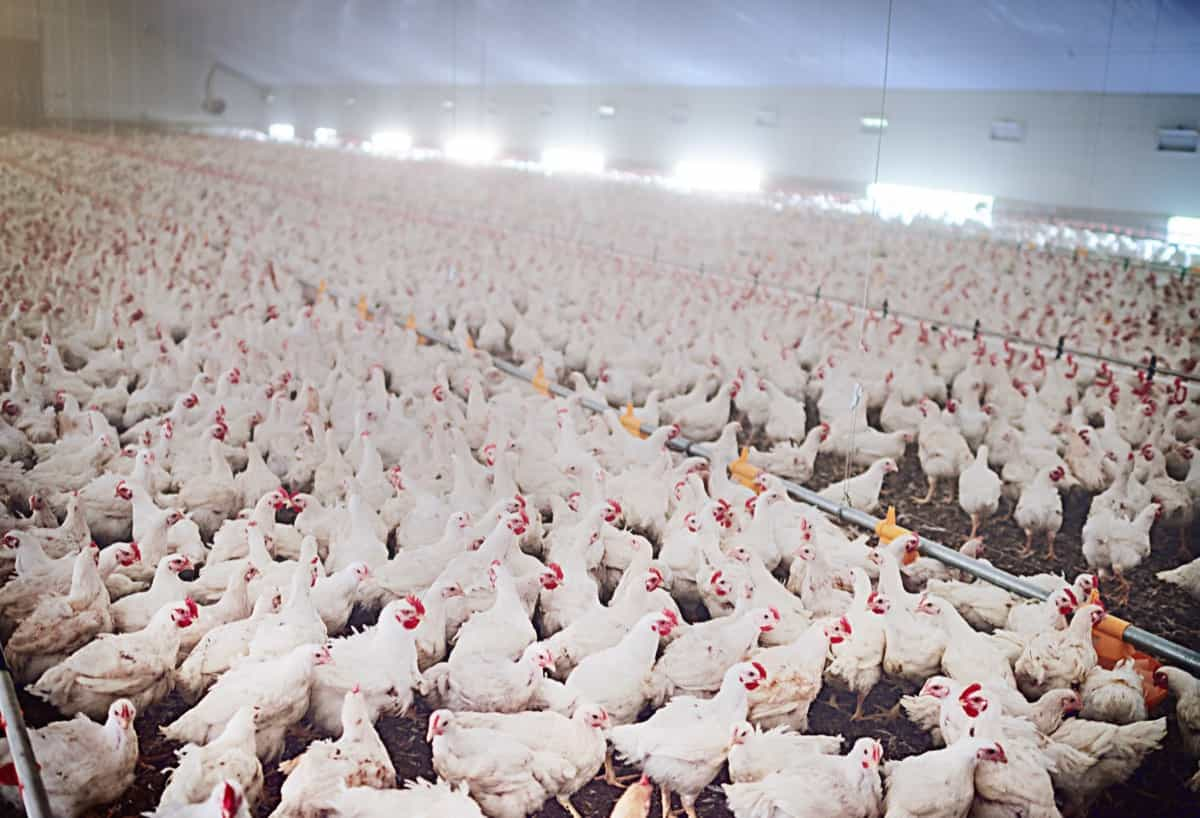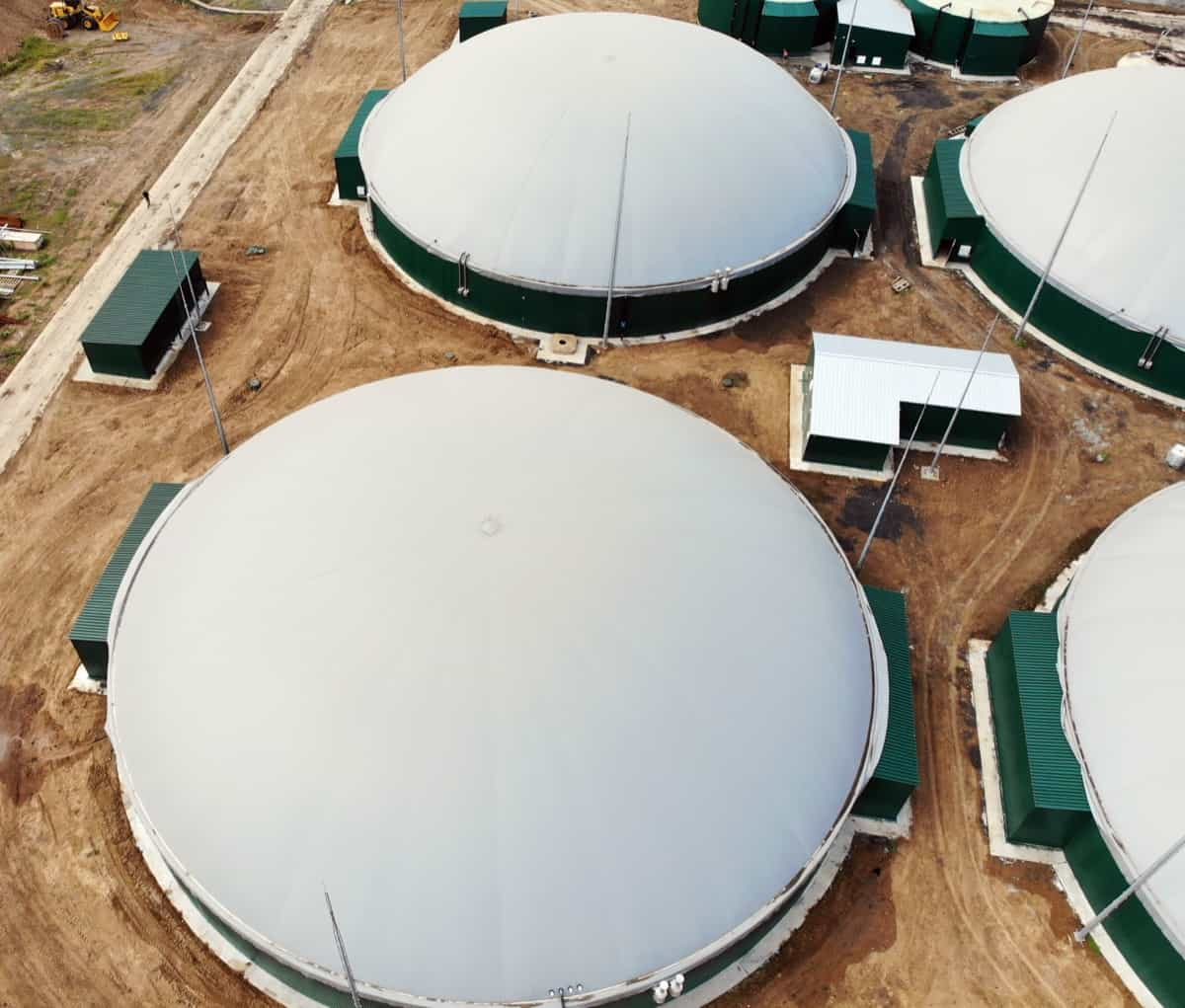Arizona’s economy has been on a steady rise, making it an attractive destination for small business opportunities. Arizona boasts a business-friendly environment with low taxes and minimal regulations, creating an ideal setting for startups to thrive. The state government actively encourages entrepreneurship by providing resources and support networks that help businesses navigate the path to success.
Top 10 Profitable Small Business Ideas in Arizona
Solar Energy Solutions
Solar energy solutions are increasingly popular in Arizona. The profitable small business idea is offering solar panel installation services. As more homeowners seek to save on electricity costs, there is a growing demand for professional solar installers who can design and set up efficient solar systems.

Another avenue to explore is providing maintenance and repair services for existing solar installations. Additionally, there is an opportunity to develop innovative products related to solar energy storage or technology advancements. The industry is evolving, and staying ahead of the curve by creating new solutions could be highly lucrative.
Outdoor Adventure Tours
Outdoor Adventure Tours in Arizona offer the perfect opportunity for thrill-seekers and nature enthusiasts to explore the breathtaking landscapes and stunning natural wonders of this diverse state. The popular adventure tour option is exploring the Grand Canyon. This landmark attracts millions of visitors each year who come to marvel at its immense size and awe-inspiring beauty.
In case you missed it: How to Start a Recycling Business in Arizona: Business Plan, Requirements, Setup Cost, Profit, and License/Permit

For those looking for a more adrenaline-pumping adventure, consider rock climbing in Sedona or mountain biking through Flagstaff’s famous trails. These activities not only get your heart racing but also allow you to appreciate Arizona’s unique terrain up close. Water lovers can opt for white water rafting trips along the Salt River or kayaking adventures on Lake Powell.
Air Conditioning Services
With temperature levels reaching triple digits during the summer months, residents and businesses heavily rely on their AC units to stay comfortable. However, like any mechanical system, air conditioners can break down or require maintenance over time. Whether it’s residential or commercial properties, there is a demand for skilled technicians who can keep those AC units running smoothly.
In case you missed it: How to Open a Gas Station in Arizona: Business Plan, Setup Cost, Profit, Requirements, and License/Permit

Moreover, with growing concerns about energy efficiency and environmental impact, many customers are looking for HVAC companies that offer eco-friendly options such as energy-efficient models or smart thermostats.
Water Conservation Consultancy
Arizona, known for its arid climate and limited water supply, presents a unique opportunity for entrepreneurs in the water conservation sector. As the state faces ongoing challenges with drought and population growth, businesses that offer expertise in sustainable water practices are in high demand.
A water conservation consultancy can provide valuable services to commercial clients in addition to helping clients reduce environmental impact through innovative solutions. Water conservation consultancies also contribute to the overall sustainability goals of Arizona’s municipalities. They collaborate with local governments on initiatives such as public awareness campaigns or policy development to promote responsible water use across communities.
Local Food Production
With a growing emphasis on sustainable business practices in Arizona’s economy and the increasing demand for fresh, locally sourced ingredients, there are numerous opportunities for small businesses in this sector. The unique small business venture in Arizona is organic farming. By cultivating fruits, vegetables, and herbs without the use of harmful pesticides or synthetic fertilizers, farmers can tap into the lucrative market of health-conscious consumers who prioritize clean eating.
Another unique business idea is hydroponic farming. Not only does hydroponics conserve water by up to 90%, but it also enables year-round cultivation regardless of Arizona’s scorching summers or freezing winters. Farm-to-table restaurants are also gaining popularity in Arizona’s urban centers. Additionally, starting a community garden can bring people together while promoting sustainable living practices. These gardens provide individuals with a space to grow their produce and foster a sense of community among neighbors.
Tech Startups Hub
With its rapidly growing cities and supportive business ecosystem, Arizona provides the perfect environment for tech startups to flourish. In cities like Phoenix and Tucson, there is a vibrant community of innovators and mentors who are all dedicated to fostering technological advancements.
This hub offers countless opportunities for collaboration, networking events, and access to funding sources that can help turn your vision into reality. The state government also recognizes the importance of technology in driving economic growth. They have implemented various initiatives to attract tech startups and provide them with resources such as tax incentives and grants.
Cultural Tourism and Events
Cultural tourism and events have become a thriving industry in Arizona. One idea is to create cultural tours that allow tourists to visit different reservations and learn about the history, art, music, and dance of Native American communities firsthand. Another profitable venture could be organizing cultural events such as festivals or fairs that celebrate Arizona’s multiculturalism.
These events can feature live performances of traditional music and dance from various cultures represented in the state. Additionally, partnering with local artisans and craftsmen can provide an avenue for promoting authentic handmade crafts like pottery, jewelry, textiles, and paintings.
Health and Wellness Retreats
Arizona’s stunning natural landscapes make it the perfect destination for these retreats. Imagine offering yoga classes amidst breathtaking sunsets or organizing meditation sessions surrounded by nature’s beauty. Guests can indulge in spa treatments, enjoy healthy meals prepared with locally sourced ingredients, and participate in various wellness workshops aimed at improving physical and mental well-being.
Moreover, hosting health and wellness retreats allows you to cater not only to locals but also attract visitors from other states or even internationally. Arizona’s warm climate makes it an appealing location year-round, ensuring a steady stream of potential clients throughout the seasons.
Real Estate Investment and Development
With the state’s growing population, there is a high demand for housing and commercial spaces. Arizona’s cities, such as Phoenix, Tucson, and Scottsdale, are experiencing rapid growth, creating ample opportunities for investors to capitalize on the real estate market. Investing in real estate generates passive income through rental properties or property appreciation.
In case you missed it: How to Start a Landscaping or Lawn Care Business in Arizona: Business Plan, Cost, Profit, Requirements, and License/Permit

You can also develop land or renovate existing properties to meet specific market demands. By investing in real estate in Arizona’s growing cities, you have the chance to be part of shaping communities while reaping financial rewards. Whether it’s flipping houses or developing multi-unit complexes, there are endless possibilities in this thriving industry.
Eco-Friendly Landscaping Services
In Arizona, where the scorching heat and arid climate can make maintaining lush green lawns a challenge, eco-friendly landscaping services have emerged as an affordable small business startup. These services focus on creating sustainable outdoor spaces that not only enhance the aesthetic appeal of properties but also conserve water and promote environmental preservation.
By growing native plants that are well-adapted to Arizona’s climate, eco-friendly landscapers can reduce water usage and minimize the use of chemical pesticides. Moreover, these landscaping services often offer other environmentally conscious features such as rainwater harvesting systems, solar-powered lighting fixtures, and permeable paving materials that allow for natural groundwater recharge.
Frequently Asked Questions (FAQ) on Small Business Ideas in Arizona
What are Some Popular Small Business Ideas in Arizona?
From health and wellness retreats to eco-friendly cleaning services, Arizona offers a wide range of profitable business opportunities. Other popular home-based business opportunities in rural Arizona include food trucks, home renovation services, and online retail stores.
Are There Any Specific Permits or Licenses Required for Small Businesses?
Certain industries may require specialized licenses or permits to operate legally in Arizona. It’s important to familiarize yourself with the local regulations and ensure you have all the necessary paperwork before launching your venture.
Which City Offers the Best Opportunities for Starting a Small Business?
While Phoenix is often considered the prime location due to its diverse economy, other cities like Tucson, Scottsdale, and Mesa also offer thriving markets for various industries.
Are There Any Specific Regulations or Licenses Required for Certain Businesses?
Yes, it’s important to research and comply with all local and state regulations about your chosen industry. For example, restaurants require health permits, while contractors need appropriate licensing.
Conclusion
Arizona is a state that is teeming with opportunities for small business ventures, especially in its rapidly growing cities. Sustainable business practices in Arizona’s economy are becoming increasingly important in today’s world. With a thriving economy and a favorable business environment, Arizona offers entrepreneurs the chance to tap into various industries and carve out their niche.
- Handicraft Making at Home: A Small Profitable Business Idea
- Pet-Tech Startups: Innovations for Animal Lovers
- Tech Repair Services: Meeting the Demand for Gadget Maintenance
- Maximizing Rewards: Smart Credit Card Habits for Cashback and Points
- Ultimate Guide to Making Money from Goat Milk Business
- How to Start an Agricultural Value Added Product Business
- Value-Added Business Ideas for Greenhouse: The Best Ways to Make Profits with Greenhouse Farming
- How to Make Profits with Organic Country Chicken: Best Strategies for Beginners
- 10 Value-added Business Ideas for Millets: Low-investment and Highly Profitable




























































